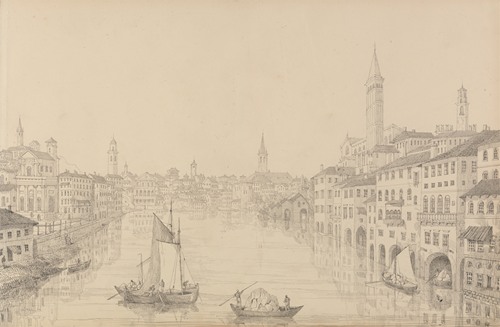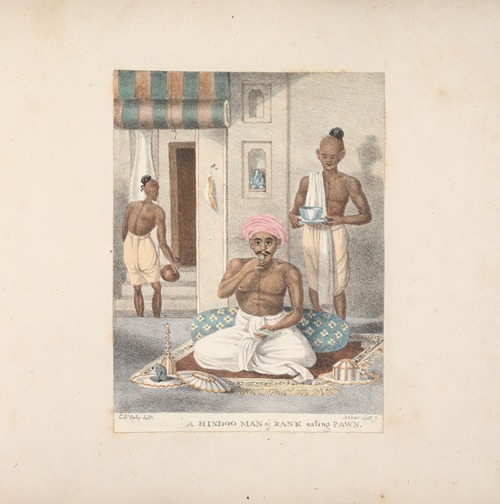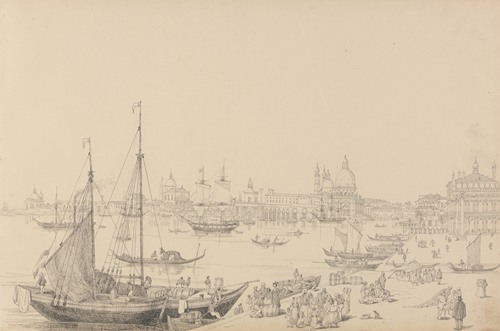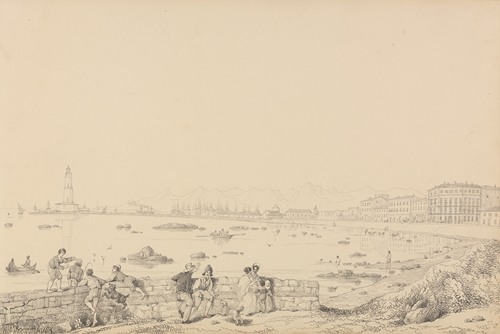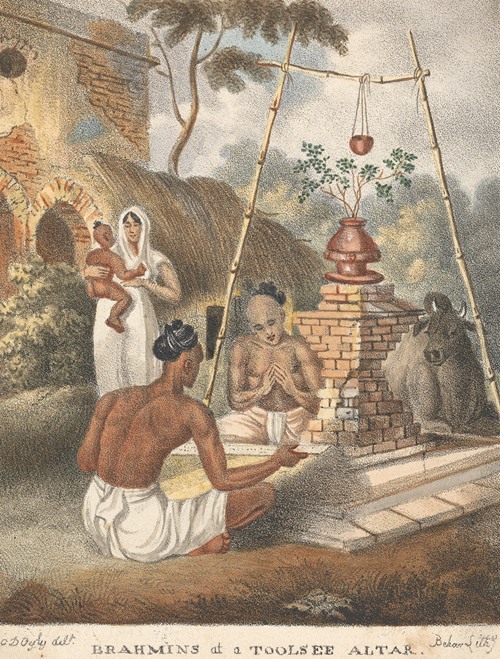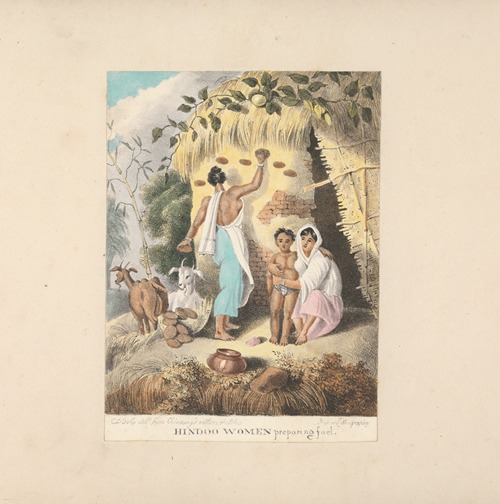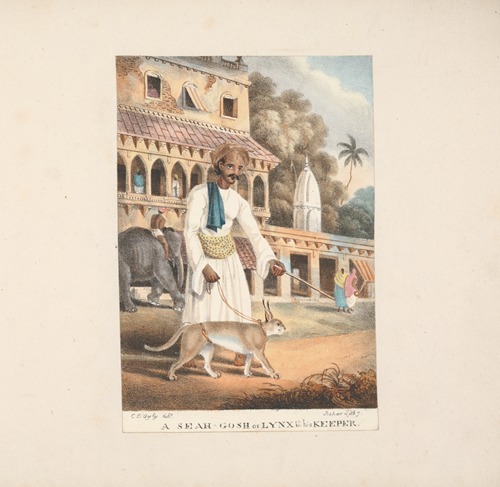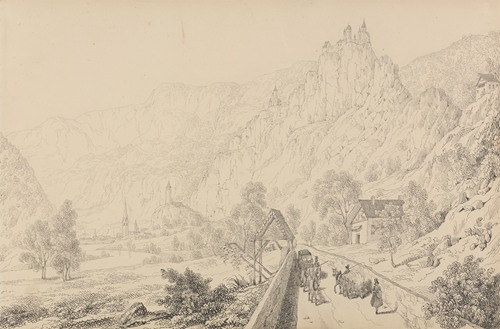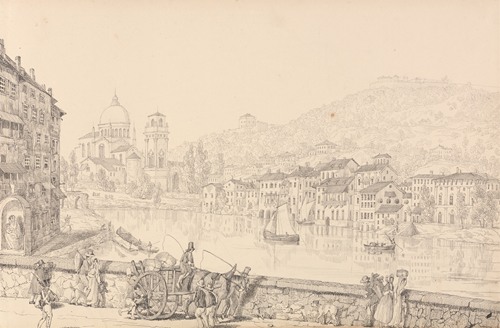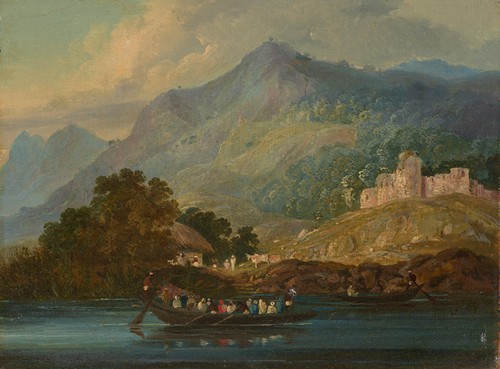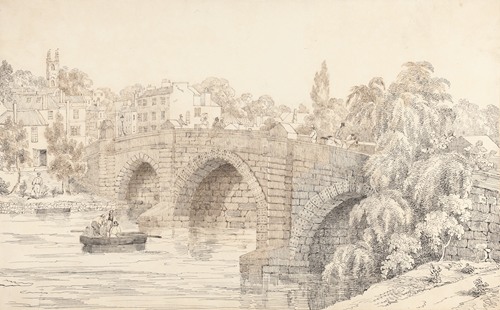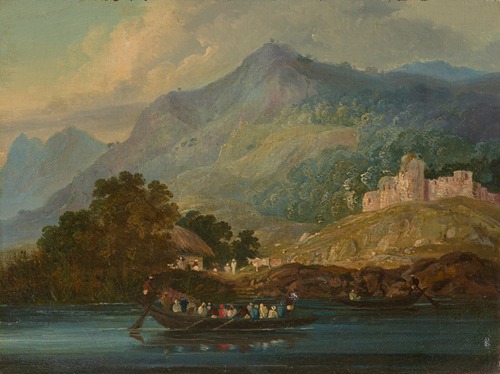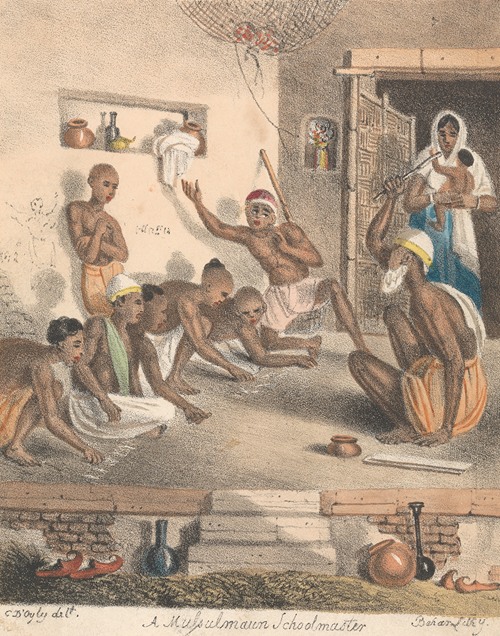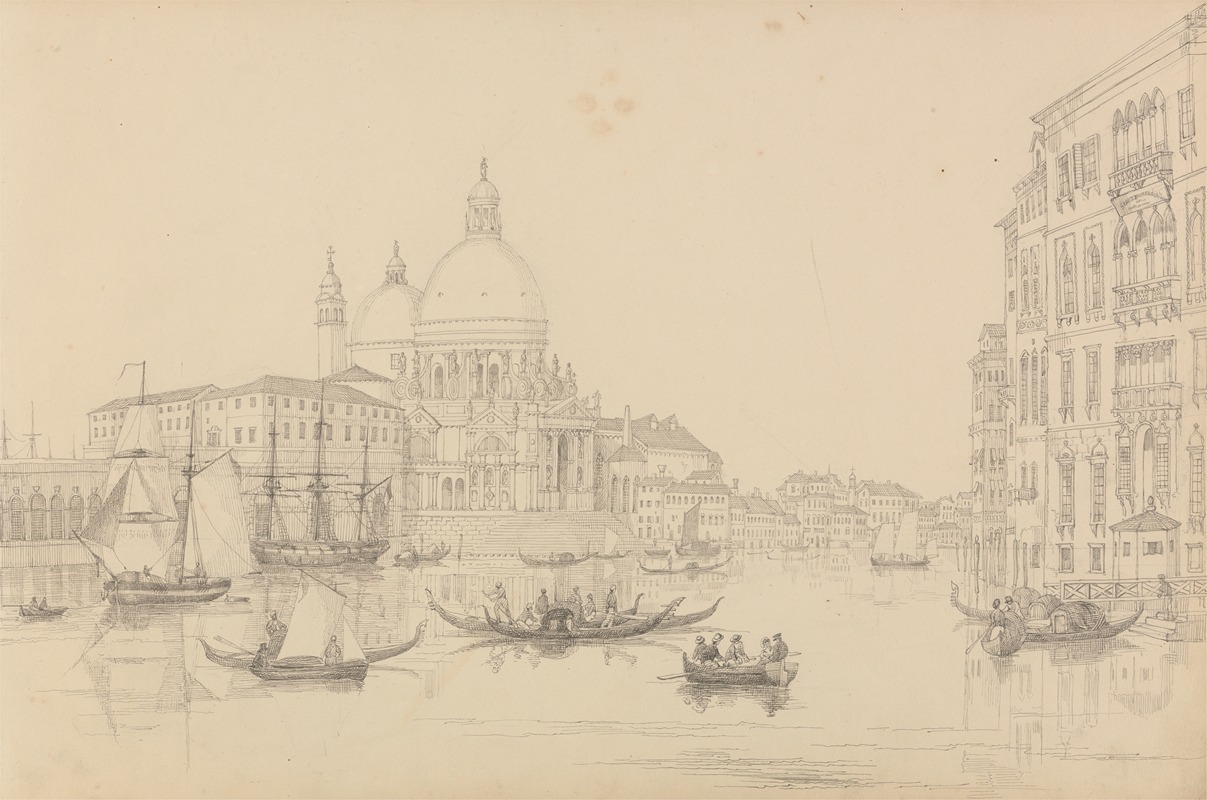
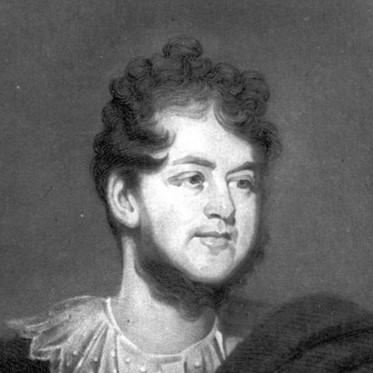
Sir Charles D'Oyly, 7th Baronet, was a British public official and painter from Dhaka. He was a member of the Bengal Civil Service based in Calcutta, Dhaka and Patna from 1797 to 1838. Althgouth he held senior positions with the East India Company's civil service, he is best known as a talented amateur artist, poet and publisher. He was also a talented and prolific amateur artist who published many books featuring engravings and lithographs featuring Indian subject matter.
Charles D'Oyly was born in Murshidabad, India on 17 September 1781 at Murshidabad, Bengal into a family that had long served in India. He was the son of Sir John-Hadley D'Oyly, 6th Baronet and Diana Rochfort.
His father, was the resident of the East India Company at the Court of Nawab Babar Ali of Murshidabad. As a boy, D'Oyly went to England with the family in 1785 and received his first formal education there. In 1798 he returned to India as Assistant to the Registrar in the Court of Appeal in Calcutta. In 1803 he was appointed as 'Keeper of the Records' in the office of the Governor General.
After the death of his father in 1818, D'Oyly inherited the baronetage and received a knighthood. D'Oyly was appointed as the Collector of Dacca (now Dhaka) in 1808. In the following years, he held posts as Collector of Dhaka from 1808 to 1817; City Collector of Customs in Calcutta (1818); d the Opium Agent of Bihar and the Commercial Resident of Patna (1821-1831) and lastly the Senior Member of the Board of Customs, Salt, Opium and of the Marine (1833). Between 1832 and 1833, D'Oyly took leave at the Cape of Good Hope, returning to Calcutta to fill the post of Senior Member of Customs, before retiring in 1838.
He married firstly, his cousin, Marian Greer (m. 1805), daughter of William Greer; and secondly Elizabeth Jane Ross, daughter of Major Thomas Ross.
The Governor-General, the Marquis of Hastings, was very taken with D’Oyly who served as the Governor's aide de comp whenever he was in Calcutta. After serving with the company for forty years, his failing health compelled D'Oyly to leave India in 1838. The greater part of the rest of his life was spent in Italy. D'Oyly died in Italy on 21 September 1845 without issue.
Charles sketched incessantly and took an active interest in the arts generally. He found these leisure pursuits to be an agreeable way to relieve the boredom associated with colonial life. In July, 1824, he founded an amateur art society which he named 'United Patna and Gaya Society' or 'Behar School of Athens’ with the objective of “the promotion of Arts and Sciences and … the circulation of fun and merriment of all descriptions.” Bishop Heber, who visited Patna in the 1840s, described D’Oyly as the “best gentleman artist I ever met”.
During his time in Dacca, he painted a wide variety of pictures, especially the Mughal ruins which he published in a folio-size book with fifteen engravings entitled Antiquties of Dacca (now Dhaka in Bangladesh) in London 1814 and in various reprints from 1823 onwards. A short historical account of Dhaka was also appended to each book. James Atkinson wrote these accounts, with engravings by Edwin Landseer. The Antiquities of Dacca became an important social document of the period.
Whilst in Dacca, D'oyly met the celebrated artist, George Chinnery, who spent a great deal of time staying with D’Oyly during his early career. The pair became close friends and went on several expeditions together. Chinney had a considerable influence on the development of D'Oyly's artistic style. D'Oyly collaborated with Christopher Webb Smith in producing a number of books. Two of these were Feathered Game of Hindostan (1828) and Oriental Ornithology (1829), Webb Smith depicting the birds and the foliage, and D'Oyly doing the backgrounds. One of D'Oyly's most productive periods was while he was Patna (1821-1831). He has been described as possessing, "the accomplishments of a man of taste, sketched cleverly in watercolours, and was the leading dilettante of Calcutta society at that time."
D’Oyly and his second wife were sociable, hospitable, witty conversationalists and active members of colonial society. But, they were not snobs and disliked the formality and pretensions associated with English society in India. The couple regularly invited new British arrivals as guests in their private home, often for extended periods. The painter, George Chinnery, stayed with the D’Oylys in Dacca during 1802–03. Brian Houghton Hodgson (1800-1894), scholar, diplomat and amateur artist, also stayed with the couple when he first arrived in India in the 1820s. The D’Oyly's introduced him to society and helped him establish connections with high officials of the Indian government. Hodgson and the D’Oylys shared an interest in the arts. They became lifelong friends. Chinnery painted at least two portraits of the couple.
D’Oyly retired to Livorno in Italy where he died on 21 September 1845. He died without issue.
